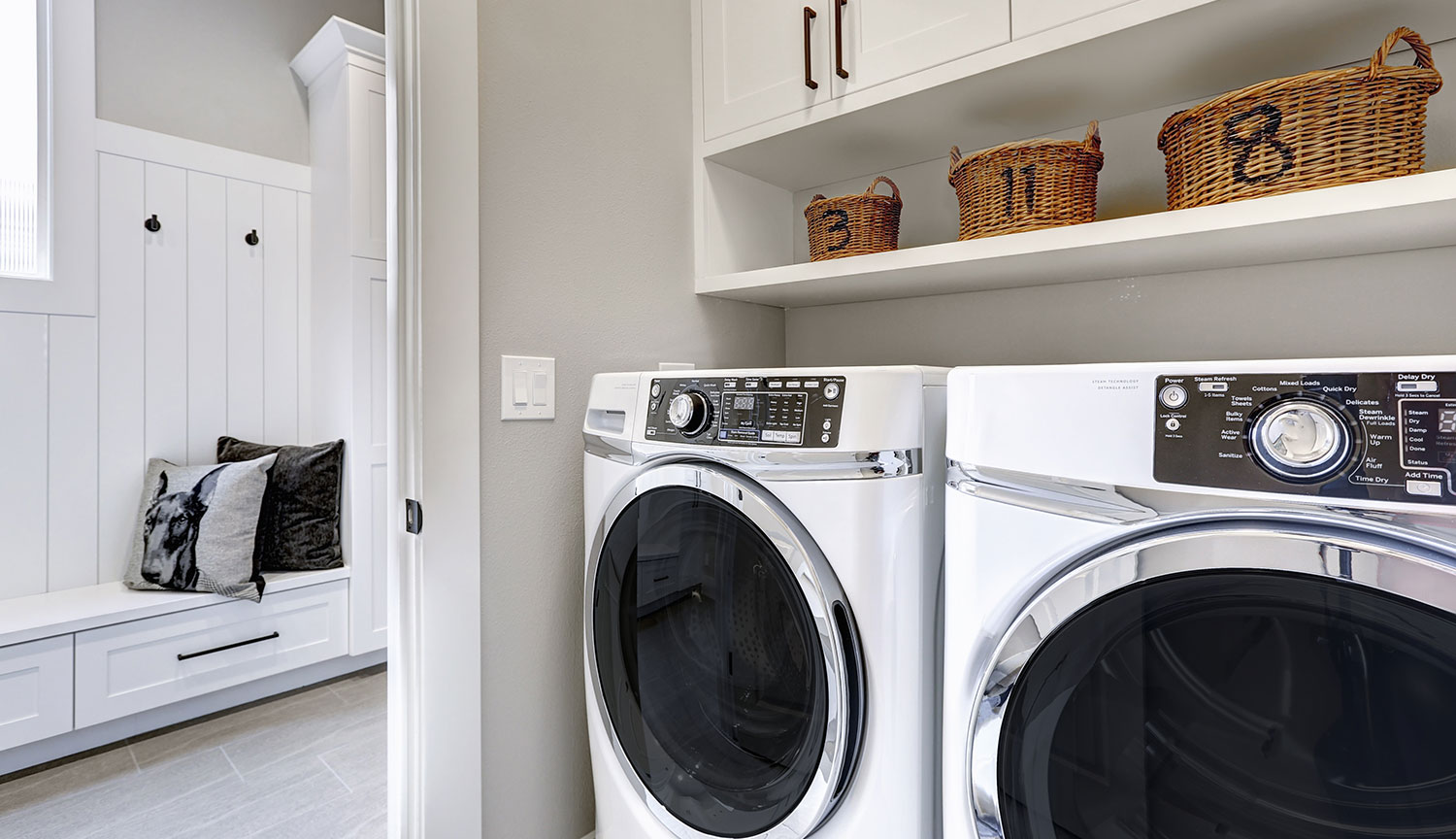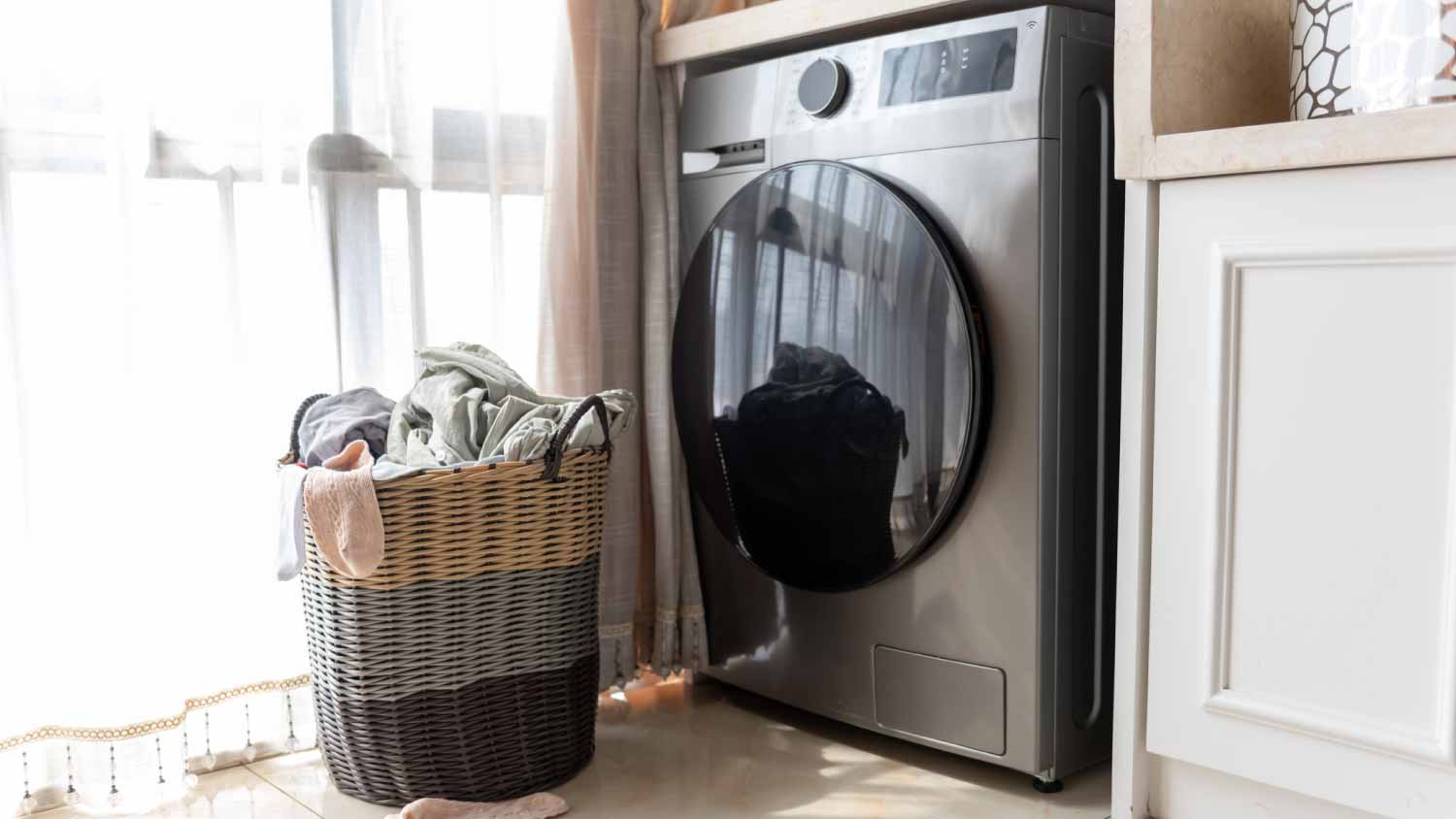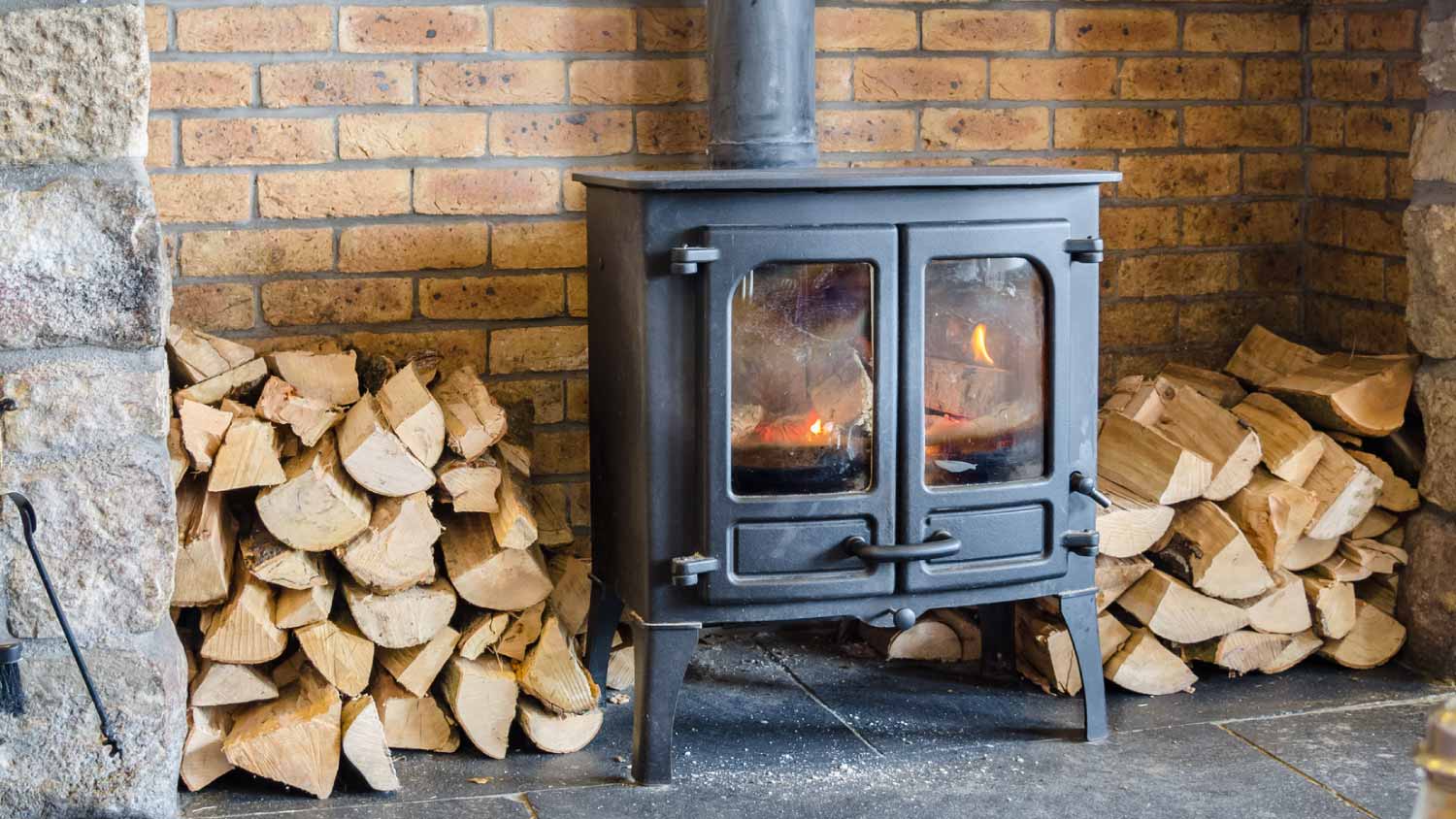6 Tips for Keeping Your Dryer Alive
Follow these simple dryer maintenance and cleaning tips to reduce repairs and long-term damage


Having a dryer in your home is a blessing—one you should hold onto! Whether you’re a new homeowner or a veteran, it’s easy to forget about nurturing your dryer when you’re only using it a few times a week.
It’s actually easier than you realize to improperly care for the appliance, resulting in long-term, structural damage, and repairs. By implementing the following tips, you can prevent hazards and incidents and extend the life of your appliance.
1. Clear the Lint Screen
Although this may feel tedious and maybe not worth your time, cleaning your lint screen after each dry load will save you time and money in the long run. Lint can be dangerous; the motor could burn out and potentially catch fire if you don’t remove it. The reason for this is that lint buildup prevents adequate airflow, trapping the heat inside the dryer.
Pull out the lint screen, typically located in the bottom of the door pocket or the back corner of the top panel. Pull the screen straight out. You can use your hands to gather the lint from the screen, run them across the screen, and gather all the lint into a ball.
Once you have a small ball of lint, you can rub the ball over the screen, which will attract more lint. You can also wipe fabric softener on the screen to remove residual lint. If there’s a ton of lint, use a cleaning brush or a vacuum with a brush attachment to collect the lint.
Pro tip: In addition to clearing it after each dry load, deep-cleaning the lint screen every three months with detergent will save you time and effort when you clear it out after loads.
2. Don’t Overload the Dryer
It can be so tempting to gather all of your clothes and stuff them into the dryer in one load—we all love efficiency (plus, doing multiple loads is exhausting, and it’s easy to get lazy). This tactic, though, is a risky game and can result in dryer malfunctions. When you do large loads, your clothes don’t receive the air circulation they need.
More importantly, the strain placed on the dryer increases the chances of wearing down other parts of your machine (the belt, pulley, spindle bearings), which would result in pricey repairs. In addition, overloading the dryer increases the lint, in turn preventing free airflow even more.
3. Clean the Dryer Vents
The lint screen isn’t the only place lint accumulates. Over time, lint builds up in the vents and dryer duct, decreasing efficiency, causing the dryer to overheat, and posing potential fire hazards.
To avoid dryer fires and other malfunctions, it’s a good idea to have your dryer vent professionally cleaned at least once each year. Expect to spend roughly $130 to have your dryer cleaned by a professional—the average cost to clean dryer vents per hour is somewhere between $45 and $200.
To clean the dryer vents yourself, use a soft cloth, feather duster, or cleaning brush and gather and remove all lint.
4. Use Liquid Fabric Softener

Using liquid fabric softener can help eliminate lint buildup on your clothes, which is great for you since you’ll have less lint entering the dryer to worry about in subsequent loads. Although dryer sheets are cheaper, they leave more residue in the dryer, such as lint, grease, and various forms of debris that can clog the dryer filters and result in malfunctions.
5. Clean the Drum
Another way you can prevent residue and debris buildup and clogs in your dryer is by cleaning the drum from time to time. The drum comprises the round interior of the dryer. Use a microfiber cloth and dab the drum with rubbing alcohol, removing any residue. You’ll also want to take care of any spills or stains as they happen, like cleaning ink out of your dryer or chocolate smears from candy left in a jean pocket.
Pro tip: Use a vacuum to dry the space between the drum and the door.
6. Clean and Dry the Dryer Exterior
Cleaning the outside of your dryer is probably not your top priority (it doesn’t sound that critical, right?), but doing so can prevent mold and mildew, which sometimes arises due to moisture on the areas around the door. Make sure there is ample space between the dryer and the walls making it easier to remove lint/debris and clean. In addition, the dryer just generally needs adequate space for ventilation.



.jpg?impolicy=leadImage)

- Appliance Repair Companies
- Washing Machine Repair
- Dryer Repair
- Refrigerator Repair
- Dishwasher Repair
- Oven Repair
- Wood & Pellet Stove Repair
- Freezer Repair Services
- Wood Stove Services
- Gas Stove Repair
- Emergency Appliance Repair Companies
- Ice Maker Repair
- Gas Appliance Repair
- GE Appliance Repair
- GE Refrigerator Repair
- GE Dryer Repair
- GE Dishwasher Repair
- GE Washing Machine Repair
- Samsung Appliance Repair
- Samsung Refrigerator Repair
- Samsung Dryer Repair
- Samsung Washer Repair
- Samsung Dishwasher Repair
- Samsung Oven Repair
- Whirlpool Repair
- Whirlpool Refrigerator Repair
- Whirlpool Washer Repair
- Whirlpool Dryer Repair
- Whirlpool Oven Repair
- Maytag Appliance Repair
- Maytag Refrigerator Repair
- Maytag Washer Repair
- Maytag Dryer Repair
- Maytag Dishwasher Repair
- Kitchenaid Appliance Repair
- Kitchenaid Oven Repair
- Kitchenaid Refrigerator Repair
- Kenmore Appliance Repair
- Kenmore Dishwasher Repair
- Kenmore Washer Repair
- Kenmore Dryer Repair
- LG Refrigerator Repair
- Bosch Appliance Repair
- Kenmore Refrigerator Repair
- LG Appliance Repair Services
- GE Microwave Repair
- Electrolux Appliance Repair
- Electrolux Washer Repair
- Kitchenaid Dishwasher Repair Services
- Wood Stove Inspection
- Dishwasher Installation
- Trash Compactor Repair















